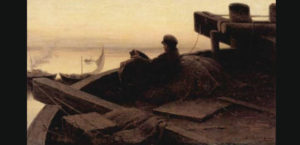
1862 - 1930
Abram Arkhipov
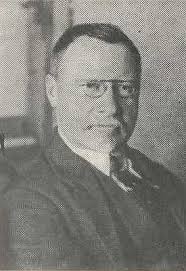
description
A Russian artist, master of domestic genre and landscape, member of the Association of the Wanderers, one of the founders of the Union of Russian Artists and a talented teacher.
The central place among the narrative paintings was the leitmotif of the young peasant woman (the so-called “Arkhipov peasant women in red”), as well as landscapes depicting the expanses of the central Russian zone and the north.
Key ideas:
– Having refused from the style of his early works, which were modest everyday etudes in the spirit of Peredvizhniki (The Wanderers), A. Arkhipov, who had successfully mastered the experience of Impressionism, learned how to colorfully convey both the colorful appearance and the inner drama in plot canvases.
– The artist developed a manner that conveys a precarious mood – vaguely disturbing, then more peaceful, then festive.
– Using warm colors, Arkhipov mainly created rural paintings depicting peasants as the main characters. At the same time, he chose red color as dominating. The distinctively temperamental way of presenting color of the talented colorist “improved” the deepest spirit of the plots.
1862
1877
1884 - 1886
1886 - 1888
1887
1890
1896
1902
1904
1917 - 1924
1927
1930
The birth of the artist
Began to study at the Moscow School of Painting, Sculpture and Architecture
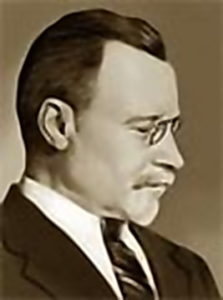
Improved his skills at the St. Petersburg Academy of Arts
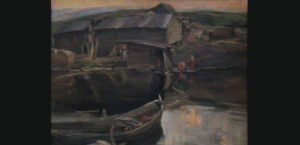
Returned to the Moscow School

"Visiting a sick person"

Was admitted as a full member of the Association of Traveling Exhibitions
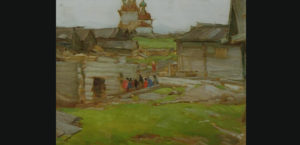
Traveled to France, Germany and Italy
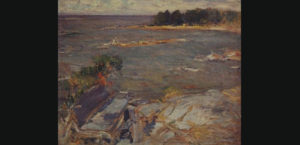
The first trip to the north

Became one of the founders of the “Union of Russian Artists”
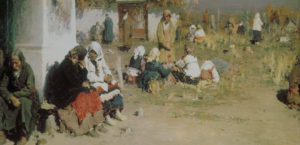
The artist joined the Association of Artists of Revolutionary Russia
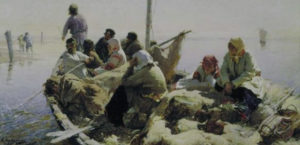
He received the title of People's Artist of the Republic
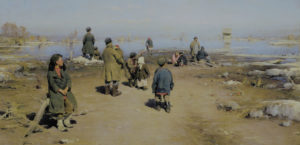
The death
